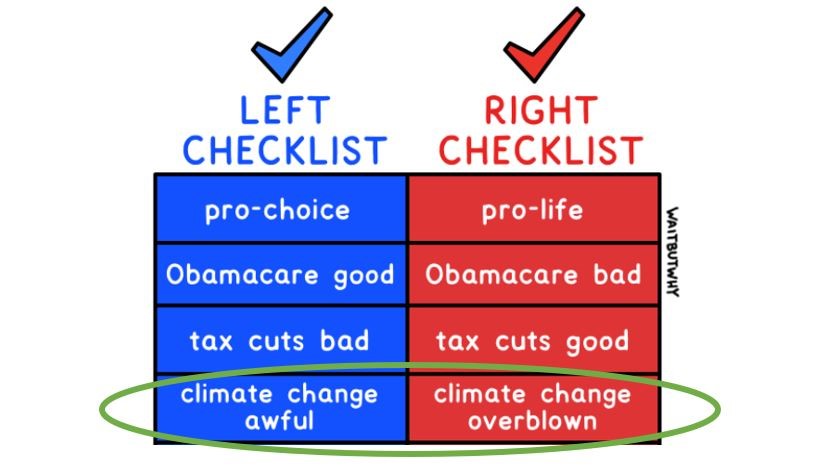At best they may use data to update existing beliefs
Have you ever discussed climate data with someone, only to arrive at opposite conclusions?
There is interesting math behind why. [1/11]
img: @waitbutwhy

LaPlace distributions are already in climatological use for estimating 100-year rainfall events 🌧️🌧️ [4/11]
As usual, if you find anything factually incorrect in this thread please let me know. My goal is complete accuracy.























